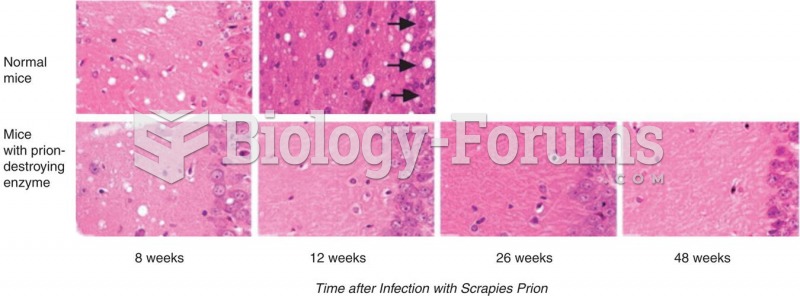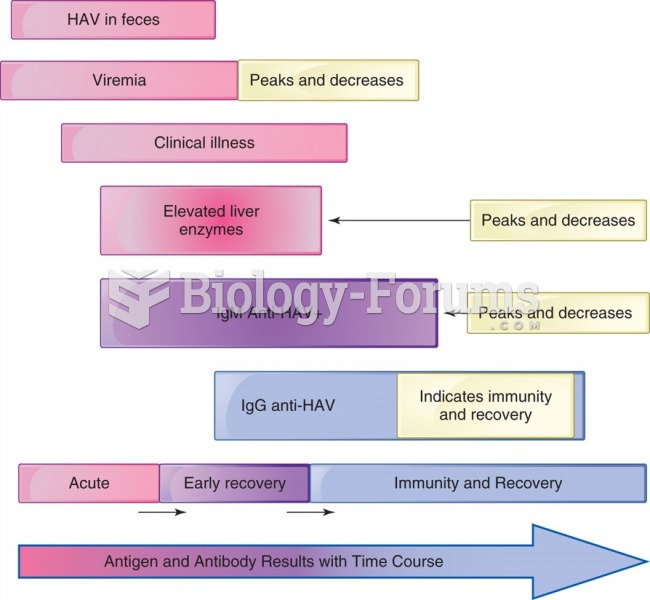Answer to Question 1
C
Feedback:
Urinary tract infections occur more often in girls than boys because the urethra is shorter in girls and, because it is located close to the vagina and anus, vulvovaginitis or rectal bacteria can easily spread to the urethra. Girls should be taught early to wipe themselves from front to back after voiding and defecating to avoid contaminating the urethra. The child should be encouraged to drink more fluid to prevent concentrated urine. Activity level does not influence the development of urinary tract infections. There is a suggested correlation between the use of hot tubs and urinary tract infections in girls so use of these should be discouraged or minimized.
Answer to Question 2
C
Feedback:
A voiding cystourethrogram is a study of the lower urinary tract and looks at the structure of the urethra and bladder and the presence of reflux into the ureters. After bladder catheterization, a radiopaque dye is injected into the bladder, and the catheter is then removed. The child is asked to void into a bedpan while serial X-ray films are taken. Being asked to void while being observed may be the most stressful part of the procedure for children because they have been taught voiding is a private act. Be sure children are told in advance that they will be asked to do this, and that it is alright if a stranger watches them. A headache is not a common occurrence after this procedure. A local anesthetic is not needed for this procedure. The patient will not be asked to drink water during the procedure.







